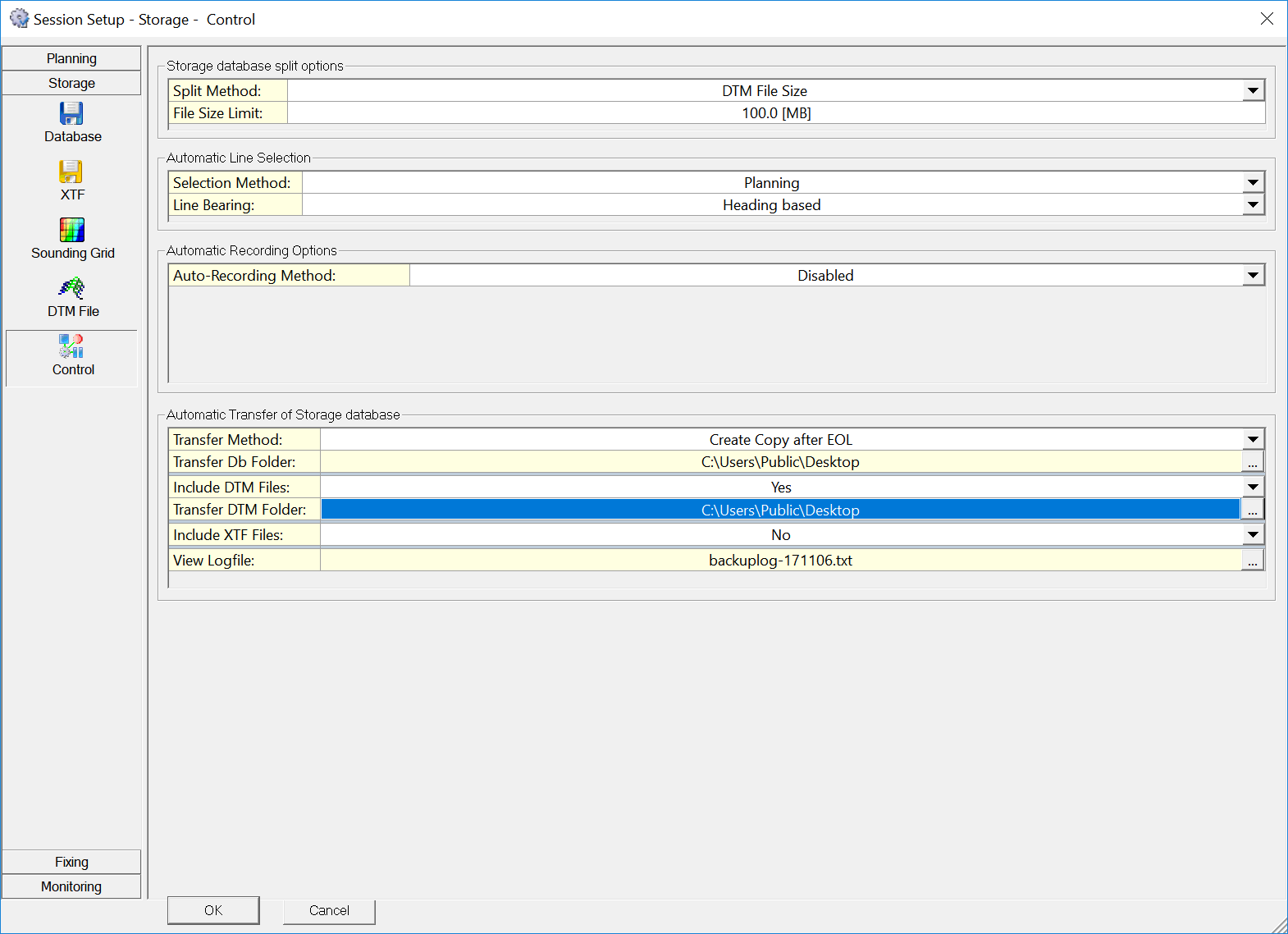How-to Work with Qinsy and Qimera Live
This article will help you make the connection between Qinsy and Qimera Live.
On this page:
Introduction
Qimera Live allows Qimera to automatically monitor a data directory for new files. When new files arrive and are safe to read, it will import them into your project, process them and then add them to a Dynamic Surface. Since Qinsy and Qimera share a common directory structure, there are special precautions that should be considered to set up Qinsy and Qimera in an optimal manner that won't interfere with online acquisition. These considerations do not necessarily apply to other acquisition systems, however, it is generally advisable that you configure your acquisition system to copy raw data files at the end of line to another location for Qimera to monitor, if at all possible.
Qinsy
Qimera can open Qinsy projects directly, however, we strongly advise against doing this while acquisition is occurring with Qinsy, especially with the new Qimera Live capability. It is our recommendation to configure Qinsy to copy the database files to another location and then to have Qimera monitor that remote location. Qimera will specifically disallow setting a Qinsy project directory as the monitor directory in a Qimera Live configuration.
How to work with Qinsy and Qimera Live
Step 1
Prepare your Qinsy project, then go Online.
Step 2
In the Qinsy Controller window go to the Settings menu, choose Session Setup and go to the Storage configuration panel on the left side of the dialog. In the Automatic Transfer of Storage database section of the "Control" configuration, set the Transfer Method to 'Create Copy after EOL', and also specify the directory in which you'd like the copy to be made. This directory should be remembered, as it will be the directory in which Qimera will look for new data.
In order for Qimera Live to find the Qinsy QPDs (DTM Files), they must be in the same directory as the DBs.

Step 3
Once you have logged at least one file with Qinsy, run Qimera and create a new project. Manually add the first file that is transferred by Qinsy into the monitoring directory specified in Step 2. Process this file in Qimera and create a Dynamic Surface. If you haven't done this before, please consult the Quick Start Guide.
Step 4
Qimera Live may also be used in the office for "scheduling" processing tasks. For example when extracting Qinsy db files from a zip folder, the folder can be actively monitored and files will be processed and added to the Dynamic Surface.
